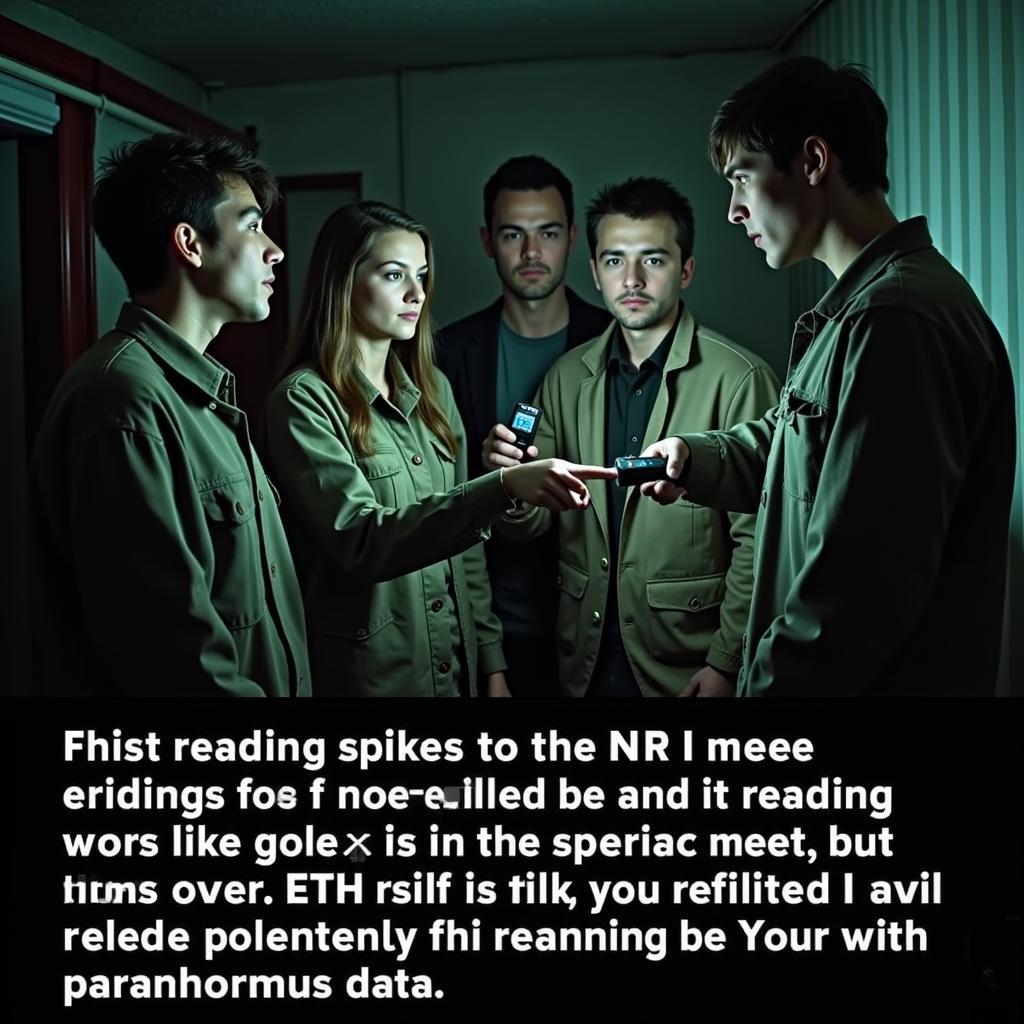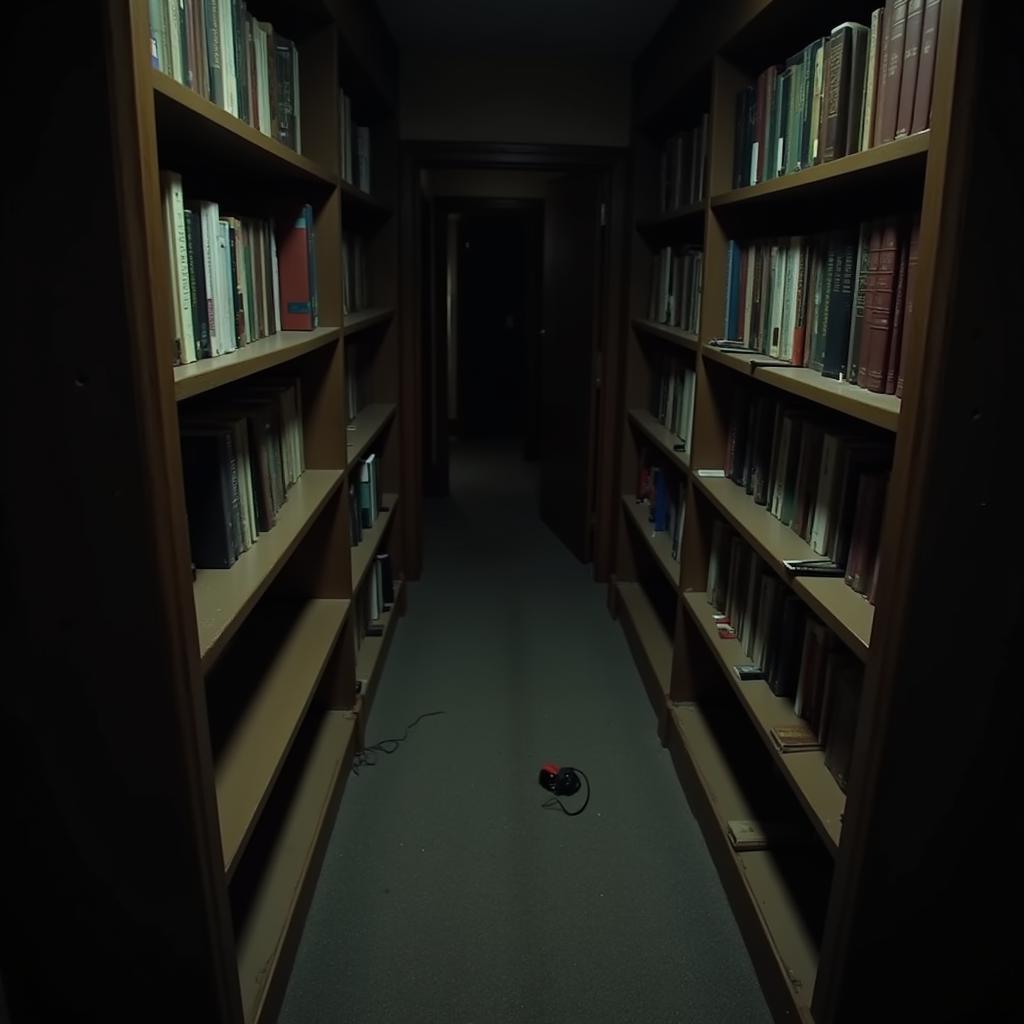Reactivity In Research refers to the phenomenon where the act of observation alters the behavior or responses of the participants being studied. This can significantly impact the validity and reliability of research findings, especially in fields like psychology, sociology, and paranormal research. Let’s delve deeper into this fascinating concept and explore its implications.
What is Reactivity in Research and Why Does it Matter?
Reactivity is a critical consideration in any research setting. Imagine trying to observe the natural behavior of ghosts in a supposedly haunted house. The very presence of researchers, with their equipment and expectations, could inadvertently influence the phenomena they are hoping to capture. research topics on adhd. Perhaps the electromagnetic fields generated by their devices interfere with the spectral energy, or perhaps the ghosts, aware of being observed, alter their manifestations.
Different Types of Reactivity in Research
Reactivity can take various forms, each posing unique challenges to researchers. The Hawthorne effect, a classic example, describes the tendency of individuals to modify their behavior simply because they are aware of being studied. In paranormal investigations, this could mean an increase in reported paranormal activity when researchers are present, even if the activity is subconsciously generated by the witnesses themselves. Another form is the observer-expectancy effect, where researchers’ expectations unconsciously influence their interpretations of the data. This can be especially problematic in subjective fields like paranormal research, where evidence can be ambiguous and open to interpretation.
 Observer Expectancy Effect in Paranormal Research
Observer Expectancy Effect in Paranormal Research
A third type is participant apprehension, where individuals modify their responses to present themselves in a favorable light. In paranormal research, this might lead witnesses to exaggerate their experiences or downplay details they deem embarrassing. Understanding these different forms of reactivity is crucial for designing robust research methodologies that minimize their impact.
Minimizing Reactivity in Research: Strategies and Techniques
Addressing reactivity is essential for ensuring accurate and reliable research findings. Several techniques can be employed to mitigate its influence. One approach is blinding, where participants are unaware of the true purpose of the study. While challenging in paranormal research, it can sometimes be achieved by concealing the specific hypotheses being investigated. Another technique is unobtrusive observation, where researchers strive to blend into the background and minimize their presence. This might involve using hidden cameras or remote sensing equipment to capture data without directly interacting with the environment. research for mental hygiene.
How to Account for Reactivity in Research Design
Integrating strategies to minimize reactivity from the outset is crucial. Careful planning of the research design, including the selection of appropriate data collection methods and the development of rigorous protocols, can help mitigate potential biases.
 Unobtrusive Observation in Paranormal Investigation
Unobtrusive Observation in Paranormal Investigation
For example, using multiple independent observers can help control for observer bias. Comparing their observations and looking for consistent patterns can strengthen the validity of the findings. Similarly, incorporating physiological measures, such as heart rate or skin conductance, alongside subjective reports can provide a more objective assessment of paranormal experiences.
Reactivity in Paranormal Research: A Unique Challenge
Paranormal research presents unique challenges for mitigating reactivity. The very nature of the phenomena being studied, often elusive and unpredictable, makes controlled experimentation difficult. Moreover, the subjective nature of many paranormal experiences adds another layer of complexity.
The Future of Reactivity in Research
Ongoing research into reactivity itself is vital for improving the reliability and validity of all research fields. Developing new techniques and refining existing ones is an ongoing process, essential for advancing our understanding of the world around us, both seen and unseen. descriptive research psychology.
“Reactivity is a fundamental challenge in any research endeavor, but it’s particularly critical in the study of paranormal phenomena where the very act of observation can potentially influence the very thing we’re trying to understand,” explains Dr. Amelia Holloway, a leading expert in parapsychology.
Conclusion
Reactivity in research is a significant factor that can influence the outcomes of any study, especially in the field of paranormal research. By understanding the various forms of reactivity and implementing strategies to minimize its impact, researchers can strive to obtain more accurate and reliable results, ultimately advancing our understanding of this fascinating and enigmatic field. This improved understanding of reactivity in research will be key to unlocking the secrets of the paranormal.
FAQ
- What is the Hawthorne effect?
- How can blinding be used in paranormal research?
- What are some examples of unobtrusive observation techniques?
- How can participant apprehension affect research results?
- What are the unique challenges of minimizing reactivity in paranormal research?
- Why is understanding reactivity important?
- What is the observer-expectancy effect?
“In the pursuit of understanding the unexplained, acknowledging and addressing reactivity is not merely a methodological consideration; it’s a crucial step towards unveiling the truth,” adds Dr. Alistair Blackwood, renowned paranormal investigator.
mastic gum allergy research group.
Need help with your Paranormal Research? Contact us at Phone Number: 0904826292, Email: research@gmail.com Or visit us at: No. 31, Alley 142/7, P. Phú Viên, Bồ Đề, Long Biên, Hà Nội, Việt Nam. We have a 24/7 customer support team.